
MIDI Clock
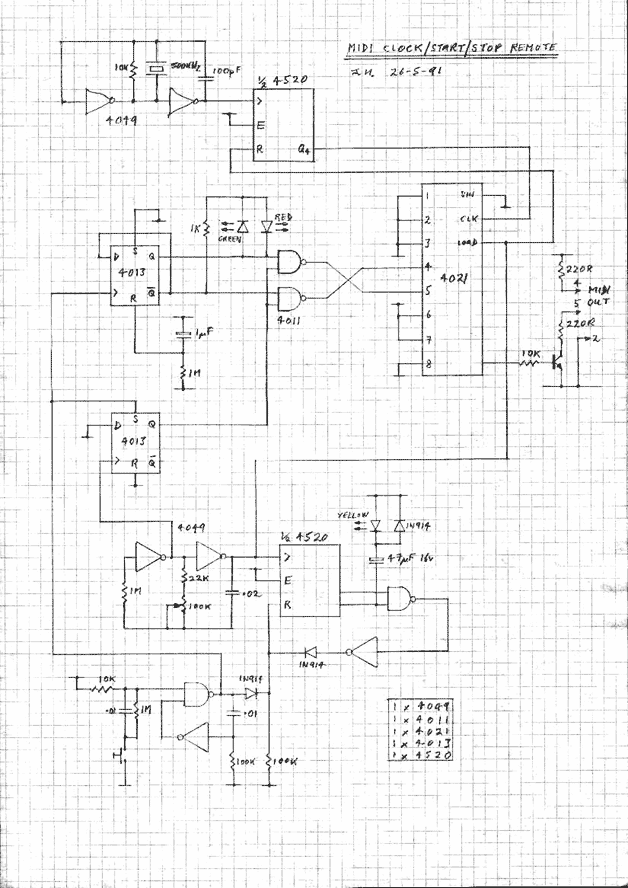
No description available.
Related Circuits
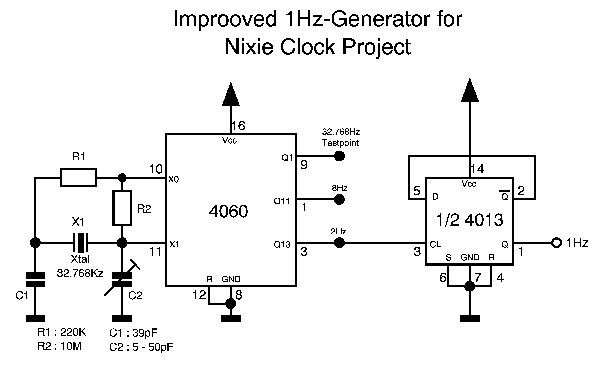
Before Light-Emitting Diodes (LEDs) and Liquid Crystal Displays (LCDs), the electronics industry utilized cold-cathode tubes for displaying numbers, symbols, and characters. Although referred to as "tubes," they differ from "radio tubes" in that they lack a heater wire to...
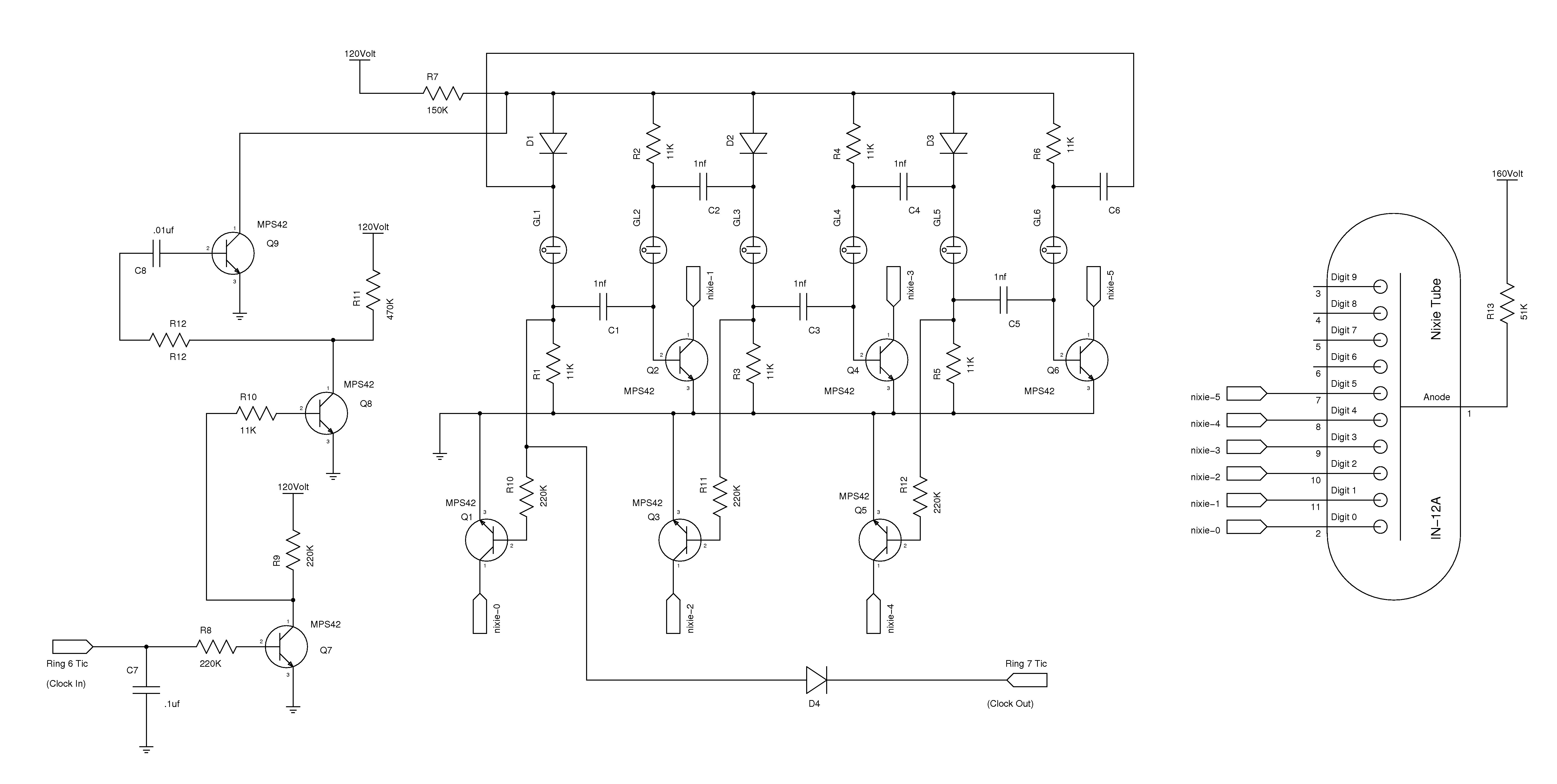
The nixie tube clock consists of a high-voltage power supply, seven ring counters, and an Atmel AVR processor. The power supply is shown in Schematic 1. It takes 12 volts AC and converts it to DC, which drives the...
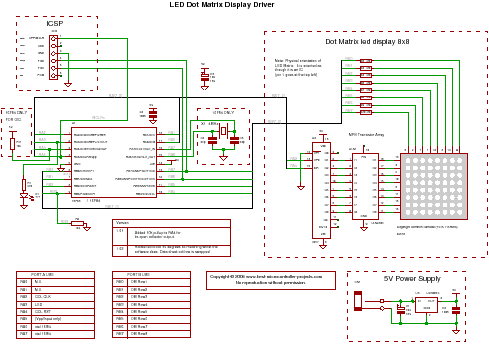
How to create a binary clock utilizing a PIC microcontroller with multiplexing to control an LED matrix. To design a binary clock using a PIC microcontroller, the circuit will primarily consist of the microcontroller, an LED matrix, and multiplexing circuitry....
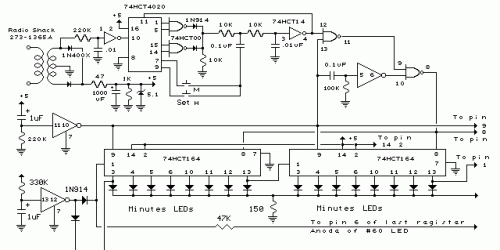
The circuit employs 60 individual LEDs to represent the minutes of a clock and 12 LEDs to indicate the hours. The power supply and time base circuitry are consistent with those described in the previous 28 LED clock circuit....

This document outlines the construction of a pendulum-controlled clock designed for high accuracy. Although it has a retro appeal, it represents an intriguing project. The project requires a spare quartz clock, which must be modified by isolating two pads...
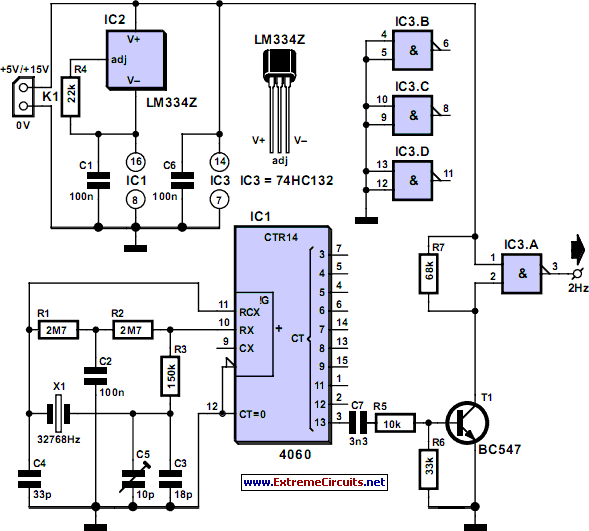
CMOS circuits are recognized for their low current consumption, which is particularly crucial for battery-powered applications. However, oscillators typically demand a significant amount of current. This proposed oscillator circuit achieves a very low current consumption of approximately 3 µA....
We use cookies to enhance your experience, analyze traffic, and serve personalized ads. By clicking "Accept", you agree to our use of cookies. Learn more